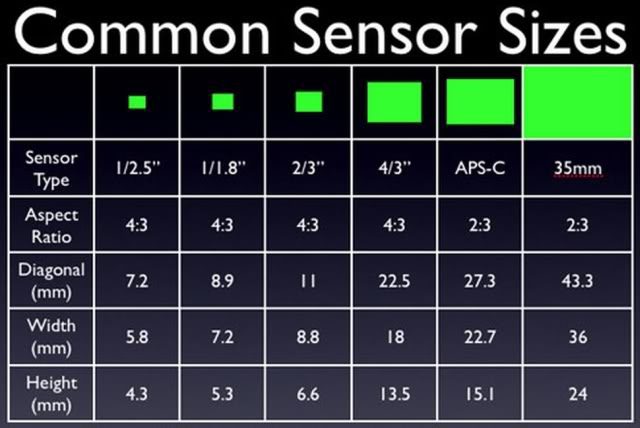Editorial Note: While DPI is commonly accepted, it is not technically correct. DPI (or dots per inch) refers to the resolution of output devices such as laser or ink jet printers and platesetters or film imagesetters. For the sake of accuracy we will use the term PPI (or Pixels Per Inch).
First of all, it is rare that you need to do anything. They are requesting an image with a resolution of 300 ppi when printed to a specific size. A request for a 300 ppi or any ppi without any associated width and height dimensions of the print it is nonsense. The dimensions of the print need to be know.
The Formula:
Width x 300 = a
Height x 300 = b
Here’s an example for an 8 x 10 inch print. Width 8 x 300 ppi = 2400. Height 10 x 300 ppi = 3000.

The Image Size box is a resolution calculator. Your camera manufacturer has a default setting. It may be set at 72 ppi or something else. In this example the default setting is 240. Remember you can change this to 300 ppi and it will then tell you the maximum size print you can make with this image. As long as the Resample Image checkbox is unchecked you will not accidentally damage your image.
Take a look at Example 2. Here you can see that the Resample Image box is unchecked and the Resolution was changed to 300 ppi. Note: the Width and Height remain the same in Pixel Dimensions. The actual image didn’t change. You now have a calculator that tells you the size print you can make at any ppi.
There are many different output devices. Let’s look at printers. Canon and HP desktop inkjets are usually optimized at 600 ppi, for Epson it is 720 ppi. The Fuji Frontier, used in many minilabs, is usually optimized for 300 ppi, some laser jet printers offer a choice between 200 ppi and 400 ppi. You should refer to the manufacturer’s specifications or ask the lab to determine the optimum resolution for a specific printer.

Determining PPI by Viewing Distance
To determine an optimal PPI (resolution in Photoshop) for a photo the calculation is as follows:
7000 / viewing distance in inches = PPI
This is for optimal results. Using half that number will still provide good quality results. Any lower and you will begin to sacrifice image quality.
A Quick Chart for Determining PPI by Viewing Distance
Under 24 inches = 300 PPI
24″ to 36″ = 200 PPI
36″ to 60″ = 120 PPI
5′ to 10′ = 60 PPI
10′ to 20′ = 30 PPI
Billboard = 10 to 20 PPI

